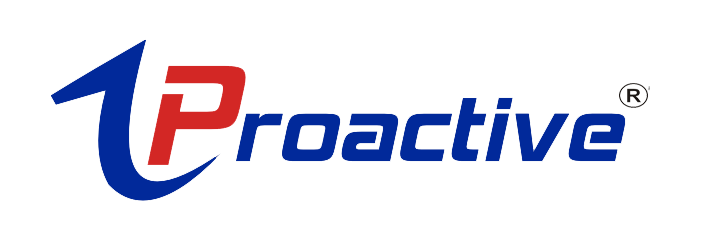The Importance of Website Speed Optimization and How to Optimize It for Better User Experience
- July 17, 2023
- Website Design, Website Development
In today’s fast-paced digital world, website speed plays a crucial role in user experience and overall online success. In this blog post, we will explore the importance of website speed optimization and provide effective strategies to optimize it for better user experience. From understanding the impact of slow-loading websites to identifying the factors that affect website speed and implementing optimization techniques, you’ll learn how to enhance your website’s performance, deliver a seamless browsing experience, improve search engine rankings, and increase user engagement.
The Impact of Website Speed
Website speed optimization has a direct impact on user experience, conversion rates, and search engine rankings. Slow-loading websites can lead to high bounce rates, decreased user satisfaction, and potential loss of customers. Research has shown that users expect websites to load within a few seconds, and even a slight delay can significantly impact their perception of your brand.
Factors Affecting Website Speed
Multiple factors contribute to website speed, including server performance, page size, code optimization, image compression, browser caching, and third-party scripts. It’s crucial to assess and address each of these factors to optimize your website’s speed and performance.
Strategies for Website Speed Optimization
- Optimize Server Performance: Choose a reliable and high-performance web hosting provider. Opt for a hosting plan that aligns with your website’s traffic and resource requirements. Consider utilizing Content Delivery Networks (CDNs) to distribute your website’s content across multiple servers, reducing latency and improving loading times for users around the world.
- Minimize Page Size and Code Optimization: Compress and minify your website’s HTML, CSS, and JavaScript files to reduce their size as these are key factors when you are looking for website speed optimization. Remove any unnecessary code or white spaces that can slow down loading times. Optimize database queries, utilize efficient coding practices, and leverage caching mechanisms to deliver content more efficiently.
- Image Optimization: Images often contribute to a significant portion of a web page’s file size. Optimize images by compressing them without compromising their quality. Use appropriate image formats (such as JPEG for photos and PNG for graphics) and utilize image compression tools or plugins to reduce file size and improve loading speed.
- Browser Caching: Implement browser caching to store static resources (such as images, CSS, and JavaScript files) on a user’s device. This allows returning visitors to load your website faster since their browser doesn’t need to re-download the same resources. Set appropriate cache expiration headers to ensure the latest content updates are reflected when necessary.
- Evaluate and Minimize Third-Party Scripts: Third-party scripts, such as social media widgets, analytics tools, and advertising scripts, can significantly impact website speed. Evaluate the necessity of each script and consider removing or replacing those that have a substantial impact on loading times. Utilize asynchronous loading techniques or defer the loading of non-critical scripts to prioritize essential content.
- Regular Monitoring and Optimization: Regularly monitor your website’s speed using tools like Google PageSpeed Insights, GTmetrix, or Pingdom. These tools provide valuable insights and suggestions for further optimization. Continuously analyze your website’s performance metrics, such as page load times and server response times, and make necessary optimizations based on the data.
- Mobile Optimization: Mobile devices account for a significant portion of website traffic. Optimize your website for mobile devices by implementing responsive design, reducing unnecessary elements, and leveraging AMP (Accelerated Mobile Pages) technology. Mobile-optimized websites not only improve user experience but also contribute to better search engine rankings.
Website speed is a critical factor in providing a seamless browsing experience, enhancing user engagement, and improving search engine rankings. By understanding the impact of website speed, optimizing server performance, minimizing page size, optimizing code, compressing images, leveraging browser caching, evaluating third-party scripts, and regularly monitoring and optimizing your website, you can create a fast-loading website that delights users and drives better results.
Contact our website developers at Proactive Professional Services Pvt. Ltd. and build website with fast loading speed, ultimately reducing your website’s bounce rate, improve SEO ranking and provide your customers with a seamless browsing experience.









